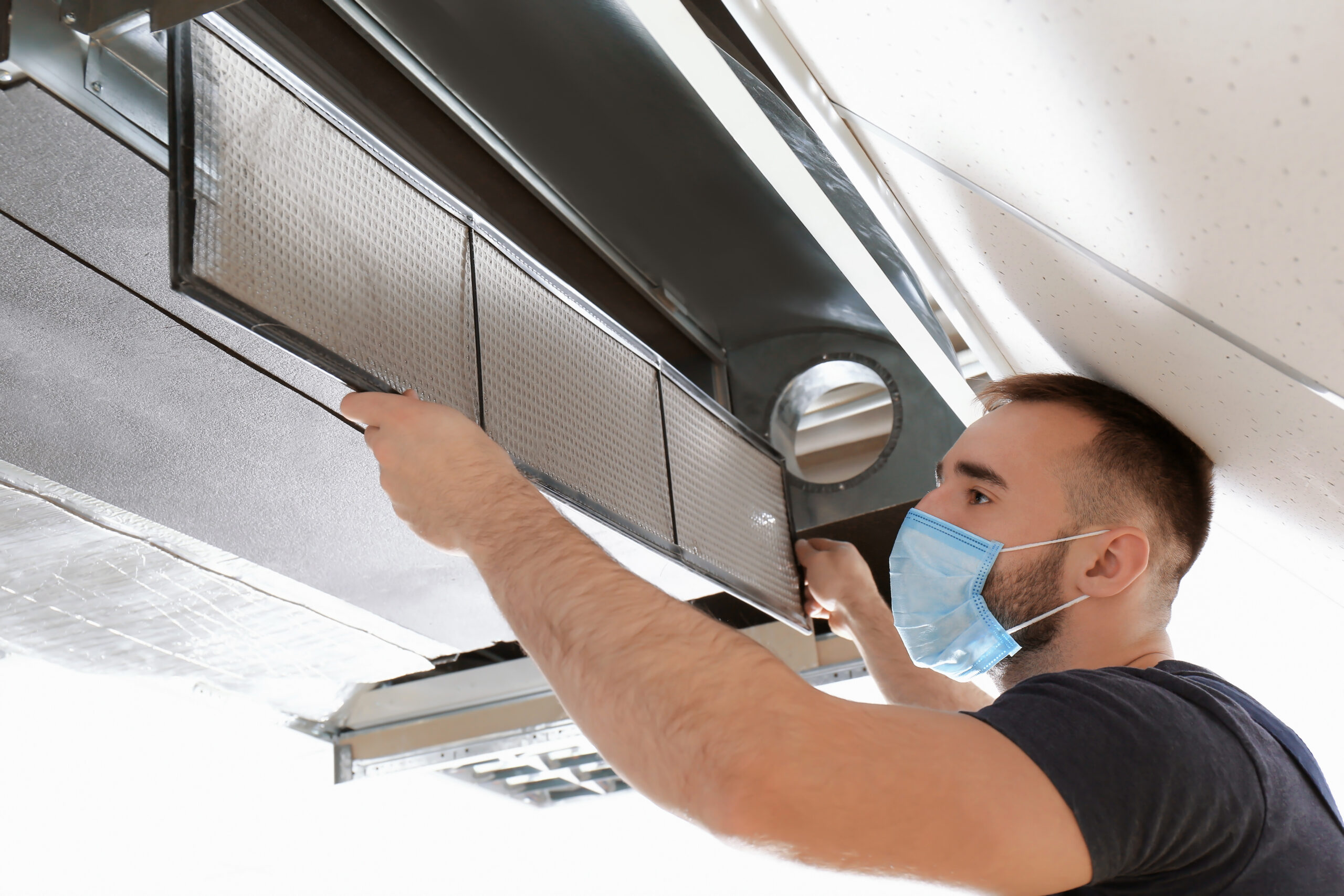
Your HVAC (heating, ventilation, and air conditioning) system is one such hidden hero, ensuring your indoor spaces remain comfortable year-round. However, even the most efficient HVAC systems can face issues, and one common problem is air duct leaks. Learn how to find air duct leaks and why it’s essential for maintaining your home’s energy efficiency and indoor air quality.
Why Are Air Duct Leaks a Concern?
Before we delve into the specifics of finding air duct leaks, let’s understand why they are a cause for concern. When your air ducts develop leaks, the cooled or heated air that your HVAC system produces doesn’t reach its intended destination — your living spaces. Instead, it escapes through the leaks, causing a variety of issues:
- Decreased Energy Efficiency: Leaks force your HVAC system to work harder to compensate for the lost air, resulting in increased energy consumption and higher utility bills.
- Uneven Temperature Distribution: Leaky ducts can lead to uneven temperatures throughout your home, making certain rooms uncomfortable while others remain perfectly conditioned.
- Compromised Indoor Air Quality: Leaky ducts can suck in contaminants from areas like attics or crawl spaces and circulate them throughout your home, leading to a decline in indoor air quality.
- Reduced Comfort: Air escaping from leaks can make your home feel drafty and less comfortable, defeating the purpose of having an HVAC system in the first place.
Inspecting Air Ducts for Leaks: Step-by-Step Guide
Now that we understand the implications of air duct leaks, let’s explore a step-by-step guide to help you identify and address these leaks effectively.
1. Gather the Necessary Tools
Before you begin, gather the tools you’ll need. These may include a smoke pencil (or even a regular pencil), a flashlight, a ladder, and a notepad to jot down your findings.
2. Turn Off Your HVAC System
For safety reasons, turn off your HVAC system before inspecting your air ducts. This will prevent the system from blowing air while you’re working on it.
3. Examine Visible Ducts
Start by examining the visible sections of your air ducts, typically located in basements, attics, or crawl spaces. Look for any visible signs of leaks, such as disconnected duct joints or visible holes.
4. Conduct the Smoke Test
The smoke test is a reliable method to detect air duct leaks. On a cool day when there’s minimal air movement, turn your HVAC system on. Hold the smoke pencil near potential leak sites — areas where you suspect leaks, joints, and connections. If the smoke is sucked into the duct or blows away, you’ve likely found a leak.
5. Check for Temperature Changes
Another method involves feeling around your air duct system. Place your hand near joints, seams, and connections while the HVAC system is running. If you feel cooled or heated air escaping, you’ve located a leak.
6. Consider a Professional Inspection
If you’re unsure about the results of your DIY inspection, it’s a good idea to consult professionals who specialize in air duct systems. Companies that offer duct cleaning services in McKinney often have the expertise and tools to identify and address leaks effectively.
Seal Leaks With Adon
In the pursuit of a comfortable home and energy savings, addressing air duct leaks should be high on your priority list. By diligently inspecting your air duct system using methods like the smoke test and feeling for temperature changes, you can pinpoint leaks and take necessary action. Remember, while DIY methods can be helpful, enlisting the expertise of professionals ensures a thorough inspection and effective repairs, leading to better energy efficiency, improved indoor air quality, and a more comfortable living environment.Â
Adon offers affordable air duct leak repair in McKinney and surrounding areas. So, if you suspect your air ducts are hurting your HVAC system’s efficiency, it’s time to make the call. Give your air ducts the attention they deserve — your home and wallet will thank you.
Blown-In Insulation vs. Spray Foam: Which Is Better? » « Up in Smoke: How Air Fresheners, Incense, and Candles Affect Indoor Air Quality (IAQ)






